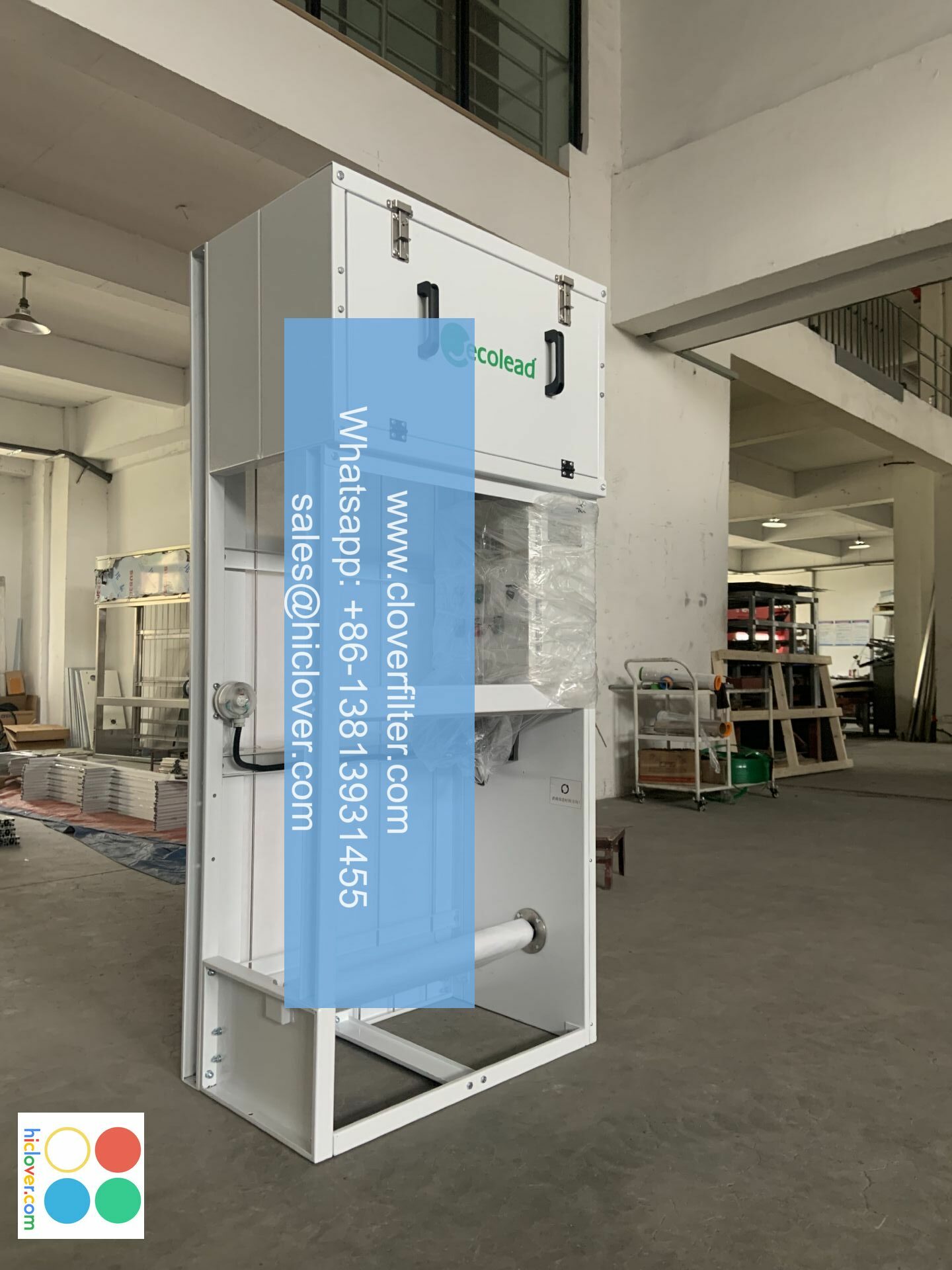The Impact of Air Filter Technology on Indoor Air Quality

The Game-Changing Impact of Air Filter Technology on Indoor Air Quality
Introduction
Indoor air pollution is a growing concern globally, with millions of people affected by poor air quality in their homes, offices, and public spaces. The World Health Organization (WHO) estimates that 3.3 million premature deaths worldwide are attributed to households with poor ventilation and contaminated air. Fortunately, advancements in air filter technology have revolutionized the way we deal with this problem, significantly improving indoor air quality and promoting healthier living and working environments.
The Science Behind Air Filter Technology
Air filters use various technologies to capture and remove pollutants, allergens, and toxins from the air. There are several types of air filters, each with its unique features and applications:
Filter Types and their Applications
- HEPA (High Efficiency Particulate Air) Filters: These filters capture 99.97% of particles as small as 0.3 microns, making them ideal for residential and commercial applications, such as air purifiers and HVAC systems.
- Activated Carbon Filters: These filters use activated carbon, a highly porous material, to capture gas pollutants and odors, making them suitable for applications like residential air purifiers and industrial ventilation systems.
- UV (Ultraviolet) Light Filters: These filters use UV light to kill bacteria, viruses, and other microorganisms, commonly used in hospitals, healthcare facilities, and water treatment plants.
- Allergies and Respiratory Issues: Air filters can significantly reduce symptoms of allergies and asthma by capturing allergens like dust, pet dander, and mold spores.
- Chronic Respiratory Diseases: Air filters can help reduce exposure to pollutants and toxins, alleviating symptoms of chronic respiratory diseases like COPD and emphysema.
- Volatile Organic Compounds (VOCs): Air filters can capture VOCs, such as chemicals, pesticides, and cleaning products, which can cause headaches, dizziness, and nausea.
- Particulates and Dust: Air filters can capture particulate matter, including PM2.5 and PM10, which can aggravate respiratory issues and contribute to poor air quality.
- Air Purifiers: Portable air purifiers like smart devices and fans that circulate clean air, reducing pollutants and allergens in homes and offices.
- HVAC Systems: Central air conditioning and heating systems equipped with air filters that capture pollutants and allergens, promoting better indoor air quality.
- Hospitals: HEPA filters are used in hospital settings to reduce the risk of airborne transmission of diseases and to control airborne pollutants.
- Industrial Ventilation Systems: Activated carbon filters are used in industrial settings to capture gas pollutants and odors, improving the air quality and reducing the risk of occupational exposure.
The Impact of Air Filter Technology on Indoor Air Quality
Air filter technology has a significant impact on indoor air quality, particularly in areas with high levels of:
Pollution and Allergy Sufferers
Indoor Air Pollutants
Real-World Applications of Air Filter Technology
Air filter technology is used in various industries and applications, including:
Residential and Commercial Spaces
Healthcare and Industrial Applications
Conclusion
Air filter technology has revolutionized the way we address indoor air pollution, providing a simple and effective solution for improving air quality and promoting healthier living and working environments. By understanding the different types of air filters and their applications, we can harness the benefits of this technology to create a healthier and more sustainable future.
Welcome! I’d be happy to help you with any questions, topics, or creative ideas you’d like to explore. Please feel free to share your prompt, and I’ll do my best to assist you.
What’s on your mind?


